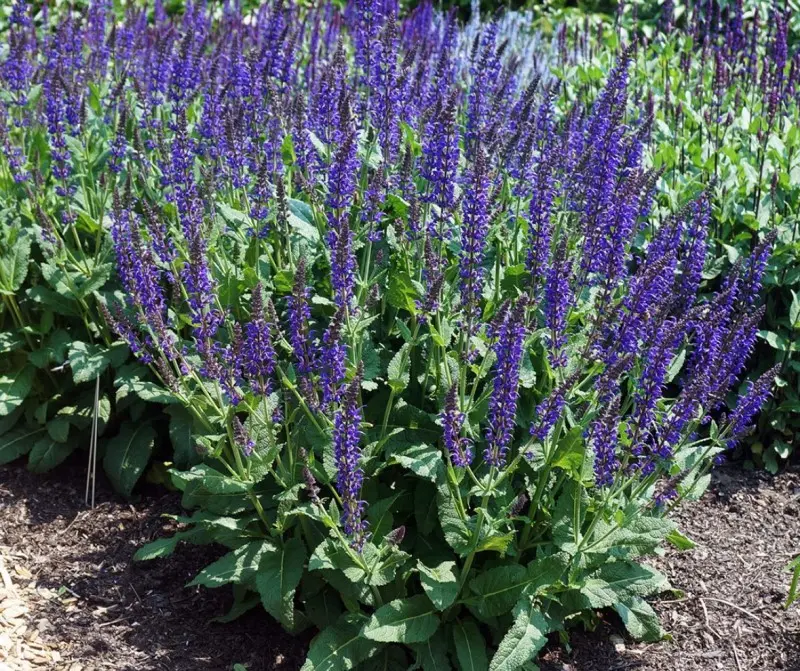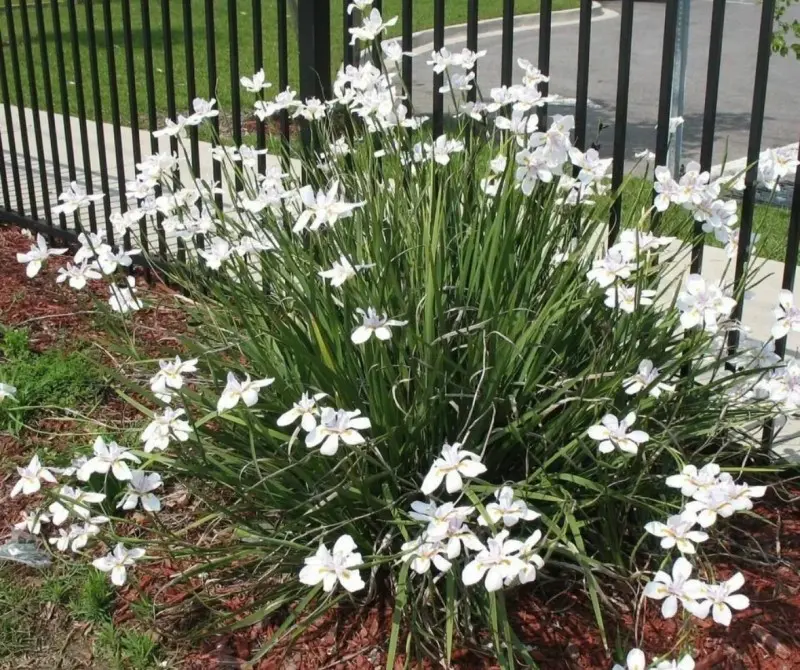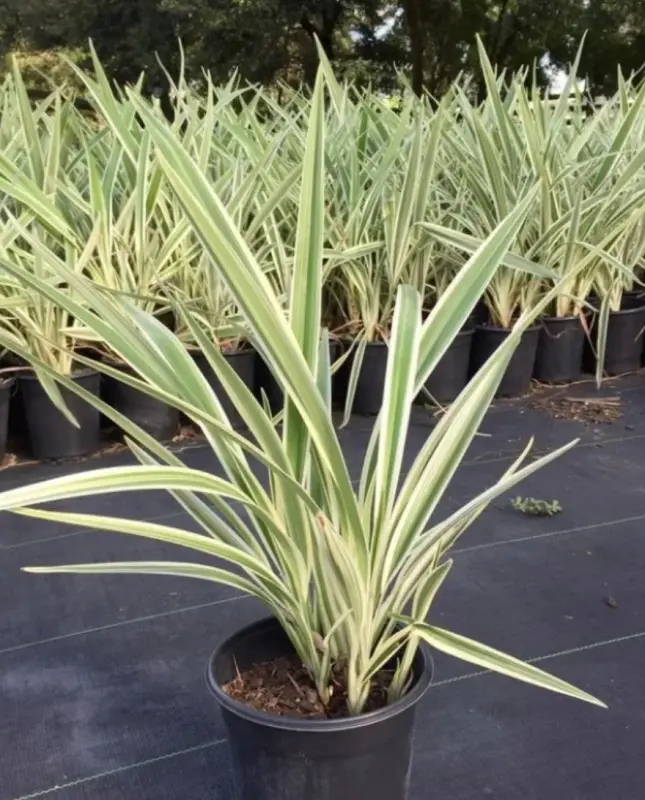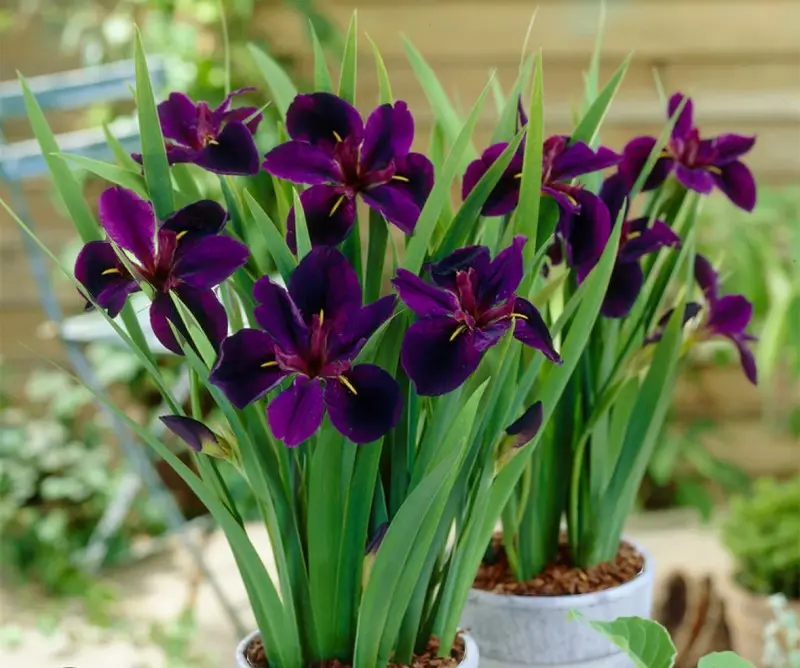Description
Salvia (Salvia spp.), commonly known as Sage, is a versatile genus of perennial plants celebrated for its vibrant, tubular flowers and aromatic foliage. With over 900 species, Salvia blooms in a range of colors, including shades of blue, purple, red, pink, and white, making it a favorite for adding rich color and structure to gardens. Highly attractive to pollinators such as bees, butterflies, and hummingbirds, Salvia brings life and movement to landscapes.
Salvia plants typically reach heights of 1 to 4 feet, depending on the species, and have an upright, bushy form. Thriving in full sun, Salvia is generally hardy in USDA zones 5-11, though hardiness varies by variety. The plant prefers well-draining soil and is drought-tolerant once established, making it ideal for water-wise or xeriscape gardens. Popular varieties include Scarlet Sage (Salvia splendens), known for its striking red flowers; Mealycup Sage (Salvia farinacea), with its blue blooms suited to warm climates; Autumn Sage (Salvia greggii), which displays red or pink flowers and thrives in hot, dry regions; and Woodland Sage (Salvia nemorosa), a hardy perennial with purple blooms for cooler climates.
Low-maintenance and resistant to deer and pests, Salvia requires only occasional deadheading to encourage continuous blooming and a light pruning in early spring for a bushier appearance. Perfect for borders, cottage gardens, and containers, Salvia adds fragrance, color, and ecological value to the garden throughout the growing season. Its vibrant flowers, aromatic leaves, and pollinator-friendly nature make Salvia a versatile and rewarding addition to a variety of garden settings.






